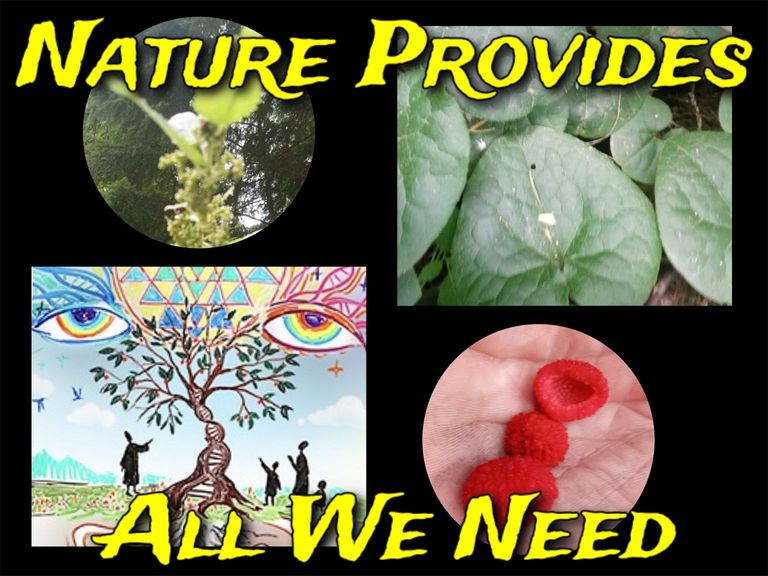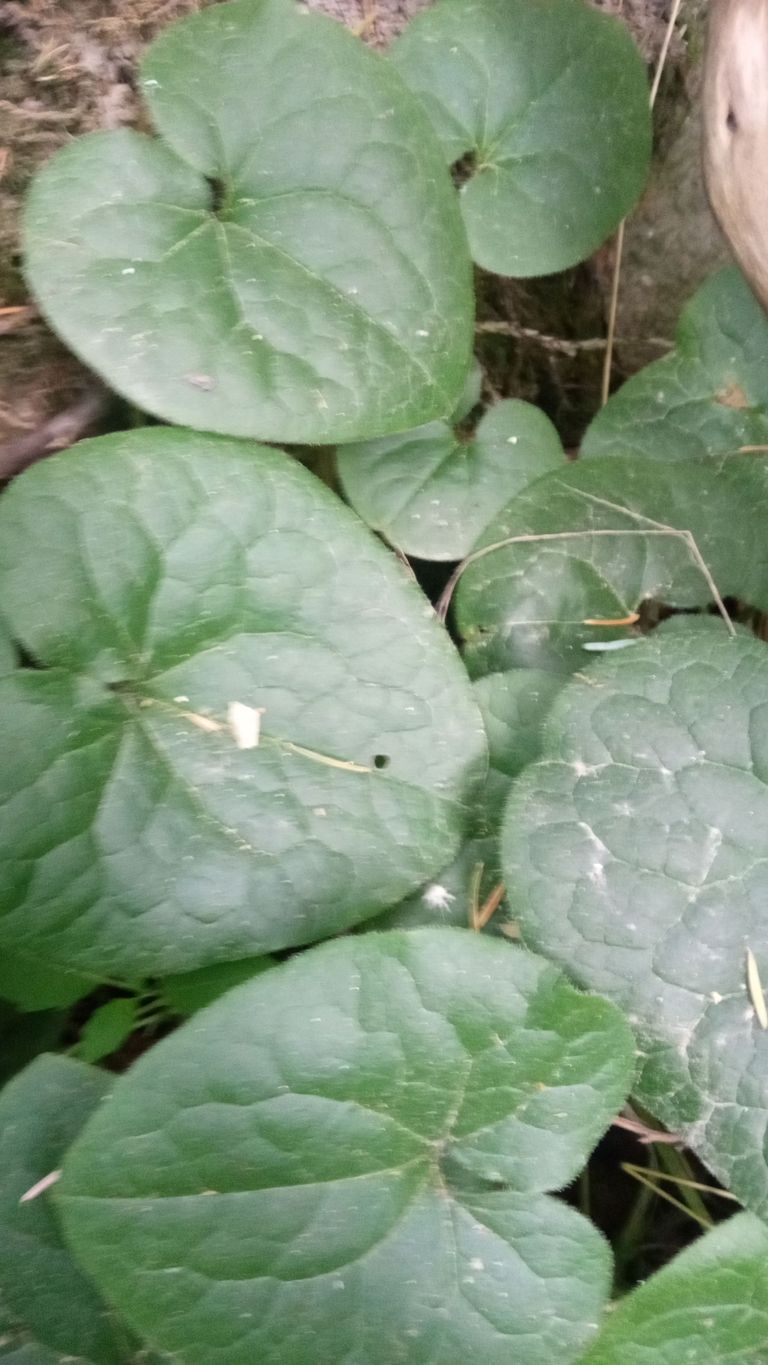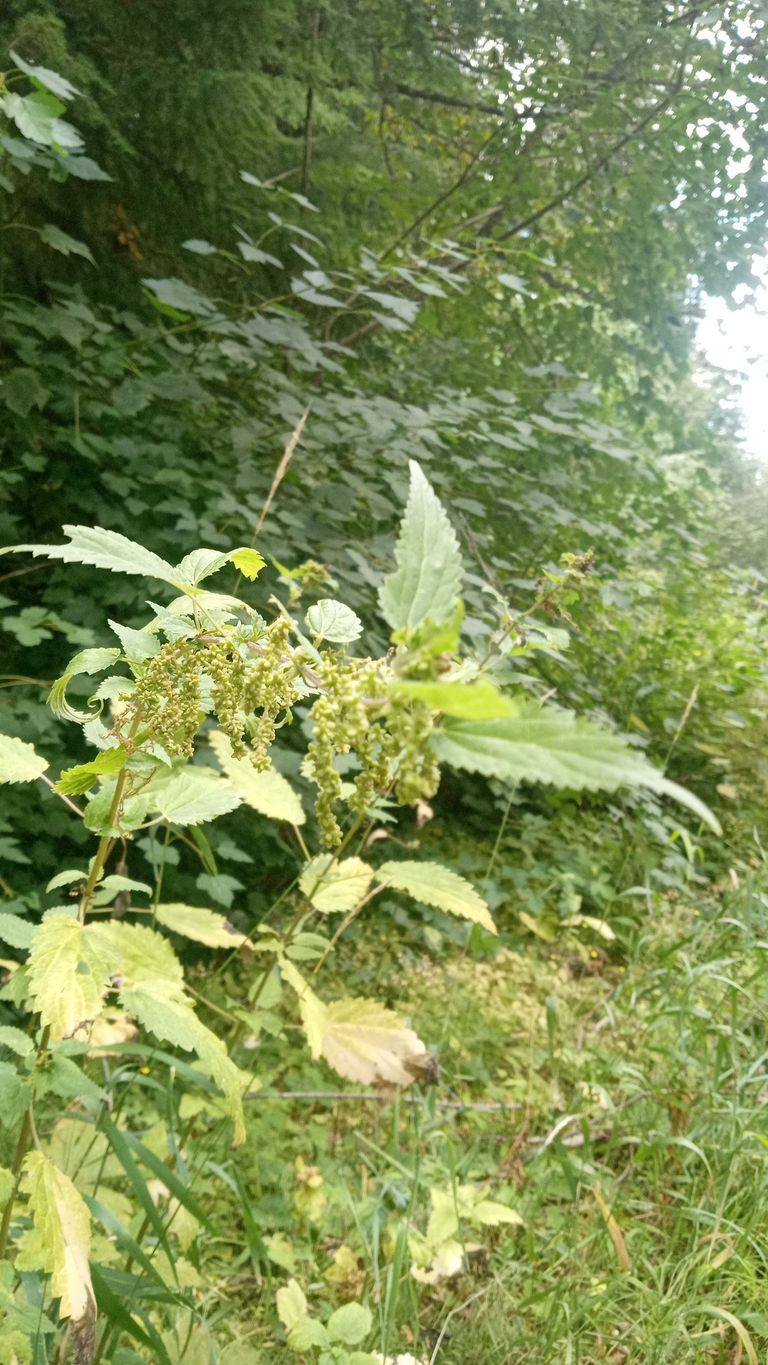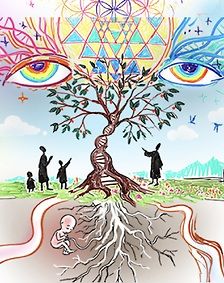
Mother nature provides
Good day to you friends and fellow nature enthusiasts! Today my post is going to be centered around food and medicine we find all around us in nature. My goal is to make a post like this once a week and share what I have learned about the medicinal and edible qualities of the natural plants I have around me as I forage on my property.

Say no to big pharma chemicals
I have always been against taking specifically big pharma medications. Even things like ibuprofen for a headache. I feel like and have confirmed that my body does a pretty good job of taking care of itself and regulating what ales me if I listen to it. Although sometimes things just get too uncomfortable or or bodies can't do it alone and medicine is actually needed. At those times I very reluctantly use big pharma and always try to search out a natural method or medicine first. I have seen meds from Big pharma ruin to many bodies and lives to believe in them. My research has also shown me most if not all big pharma meds are derived from natural plants anyhow. It's hard for big pharma to make money off of medicines that people can grow and produce themselves. Being an advocate of decentralization and voluntarism I naturally gravitate towards things we can do as individuals or communities to help ourselves rather than look to corporations.
Let's jump Right In!

Western wild ginger(asarum caudatum)
I do a lot of cooking and love ginger. When we first got this property we had a horticulturist friend come over and check it out with us. One of the first things he pointed out was the wild Ginger we have growing in the moist and shaded area along the creek. It didn't take me long to go down and start harvesting it and realize it actually smells and tastes almost exactly like the ginger I commonly purchase in the store. When I harvest it and use it for cooking I use the root and thick part of the stem just taking off the leaves where they break away from the main stem. It comes in pretty thin strands the thickest ones I've pulled up are maybe 3/8 of an inch thick. I just chop it up or grind it and add it to my potatoes, eggs or whatever I'm cooking that I want ginger flavor in. In addition to use as a flavoring this plant also has medicinal uses. This is an excerpt from naturalmedicinaherbs.net(click here to view source).
The root is laxative, stomachic and tonic. A tea made from the root is used in the treatment of colds, colic, indigestion and stomach pains. The root is harvested in the autumn and dried for later use. The whole plant is analgesic, antirheumatic, appetizer and tonic. A decoction is used externally to treat headaches, intestinal pain and knee pains. A poultice made from the heated leaves is applied to boils, skin infections and toothaches, whilst a decoction of the leaves is used as a wash on sores.

Stinging nettles(Urtica gracilis)
I never would have thought of using a plant that stings my skin if I brush up against it as a medicine. My horticulturist friend identified that we also had some nettles down along the creek and it didn't take me long to figure out they're pretty prevalent in some areas. The sting really isn't that bad it's just kind of like a little temporary itch or annoyance. Then I bought some natural plant based allergy medicine from "Divine Source - plant healing" which was started by a friend of mine here in the area. I noticed that nettles was one of the ingredients. Then a month or so ago I was listening to a podcast on Crrow777 radio and they mentioned the healing powers of nettles. Here is another excerpt from naturalmedicinalherbs.net(click here for source) regarding stinging nettles.
The leaves are alterative, antiasthmatic, antidandruff, antispasmodic, diaphoretic, diuretic and expectorant. A decoction has been used in the treatment of colds. The fresh leaves of nettles have been rubbed or beaten onto the skin in the treatment of rheumatism etc. This practice, called urtification, causes intense irritation to the skin as it is stung by the nettles. It is believed that this treatment works in two ways. Firstly, it acts as a counter-irritant, bringing more blood to the area to help remove the toxins that cause rheumatism. Secondly, the formic acid from the nettles is believed to have a beneficial effect upon the rheumatic joints. An infusion of the roots has been used in the treatment of dysentery and urine retention. A decoction of the root has been used as a bath in the treatment of rheumatism.

Thimbleberry(Rubus parviflorus)
We'll finish this post off with thimbleberry. I have seen this plant since I was a kid and it looks kind of like a raspberry. I always assumed it was just a wild raspberry but never really inquired. It does kind of resemble a raspberry plant except for the leaves are much bigger and there are no thorns. The little sections of the red fruit don't get as big as raspberries but it is sectioned like a raspberry and it is full of little seeds. While I was identifying it for this post I found out it is in the same family as raspberries. The berries taste best in my opinion when they are soft and bright red. They're very sweet with l a tiny bit of bitterness but not so much as to make them distasteful. I also read when the stems are first coming out of the ground they can be harvested and cooked like asparagus. Apparently both the fruits and these young stems are very high in vitamin A and c. As for the medicinal uses I will again share an excerpt from naturalmedicinalherbs.net(click here to view source).
The leaves are antiemetic, astringent, blood tonic and stomachic. An infusion is used internally in the treatment of stomach complaints, diarrhoea and dysentery, anaemia, the spitting up of blood and to treat vomiting. An infusion has been taken by women when their periods are unusually long. A poultice of the dried powdered leaves has been used to treat wounds and burns. The leaves have been crushed and rubbed over the skin to treat pimples and blackheads. A poultice of the leaf ashes, mixed with oil, has been used to treat swellings. The young shoots are alterative and antiscorbutic. The roots are appetizer, astringent, stomachic and tonic. An infusion has been used by thin people to help them gain weight. An infusion has also been used in the treatment of stomach disorders, diarrhoea and dysentery. A decoction of the roots has been taken in the treatment of pimples and blackheads.

Thank you readers for joining me for this post and I hope you got something from it. I live in the inland Pacific Northwest in northeastern Washington. With these type of posts I will be focusing on plants in my area because that is what I have to use as examples. A lot of the plants I will share happened to have either very close relatives and other parts of the world or the same thing in just a slightly different version and given a little bit of a different name. Please by all means I encourage you to share this information with people who are struggling with big pharma as an alternative way of treating one's ailments.
Of course don't forget to check back tomorrow for another post. Follow me so you get notified when I post more stuff.